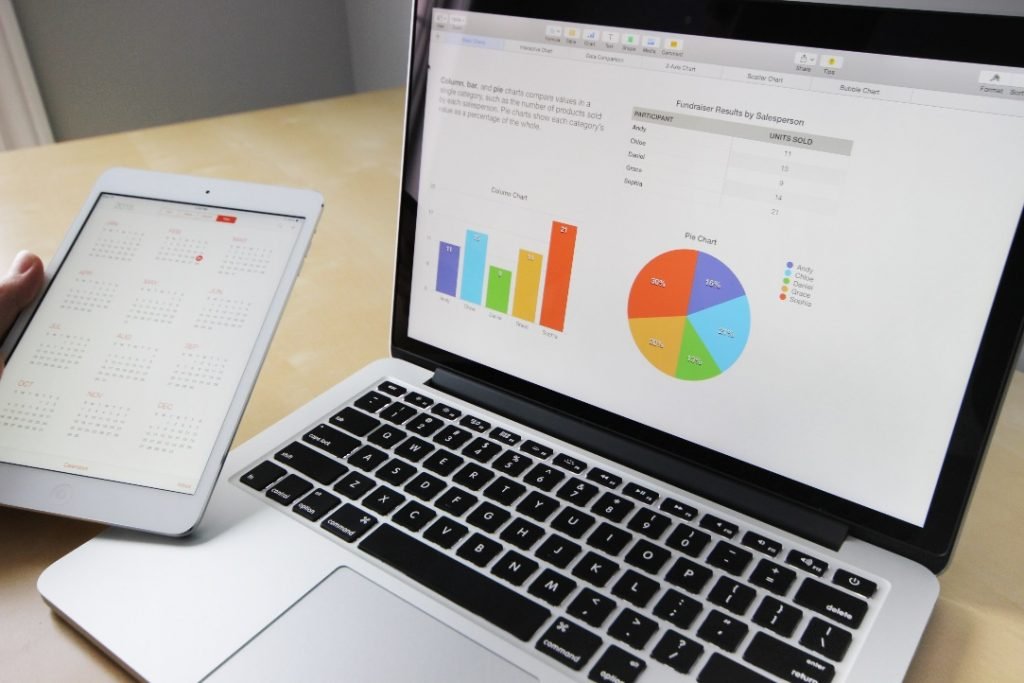Inventory Costing Methods Demystified: FIFO, LIFO, and Average Cos

Welcome, curious minds! Today, we’re diving deep into the fascinating world of inventory costing methods. If you’ve ever wondered how businesses determine the value of their inventory and the impact it has on their financial reporting and tax liabilities, you’re in the right place.
So, grab your favorite snack, and let’s unravel the mysteries of FIFO, LIFO, and Average Cost together!
Understanding Inventory Costing Methods
Before we delve into the specifics of each method, let’s start with the basics. Inventory costing methods are used by businesses to assign costs to inventory items sold and on hand. These methods help determine the value of inventory for financial reporting purposes and can also impact tax liabilities.
Each method has its own set of rules and implications, so it’s essential to understand how they work to make informed decisions for your business.
FIFO (First In, First Out)
Ah, FIFO – the tried and true method favored by many businesses. As the name suggests, FIFO assumes that the oldest inventory items are sold first, followed by more recent purchases. This means that the cost of goods sold reflects the cost of the oldest inventory on hand, while the ending inventory reflects the cost of the most recent purchases.
FIFO is often preferred for its simplicity and its tendency to result in lower taxable income during periods of rising costs.
LIFO (Last In, First Out)
On the flip side, we have LIFO – the rebel of the bunch. LIFO operates under the assumption that the most recent inventory items are sold first, with older inventory items remaining on hand. This means that the cost of goods sold reflects the cost of the most recent purchases, while the ending inventory reflects the cost of the oldest inventory on hand.
LIFO is often favored during periods of rising costs, as it can result in lower taxable income by matching higher costs with current revenues.
Average Cost
Last but not least, we have the Average Cost method – the middle ground between FIFO and LIFO. As the name implies, this method calculates the average cost of inventory items sold and on hand.
While Average Cost is relatively straightforward to calculate, it may not always accurately reflect the actual cost of inventory during periods of fluctuating prices.
Choosing the Right Method for Your Business
Now that we’ve covered the basics of FIFO, LIFO, and Average Cost, you might be wondering which method is right for your business. This largely depends on industry norms, inventory turnover rates, and tax implications.

In conclusion, inventory costing methods play a crucial role in determining the value of inventory for financial reporting and tax purposes. By understanding the nuances of FIFO, LIFO, and Average Cost, you can make informed decisions that support the financial health and growth of your business.
And if you’re looking for guidance along the way, Maxim Liberty Bookkeeping Services, LLC is here to help. So, what are you waiting for? Let’s demystify inventory costing together!
Maxim Liberty Bookkeeping Services, LLC: Your Guide to Inventory Costing
Ready to demystify inventory costing methods and take your bookkeeping to the next level? Look no further than Maxim Liberty Bookkeeping Services, LLC.
Our team specializes in online bookkeeping services for small businesses, offering expert guidance and support to help you navigate the complexities of inventory costing and beyond. Click here to learn more and schedule your consultation today!
